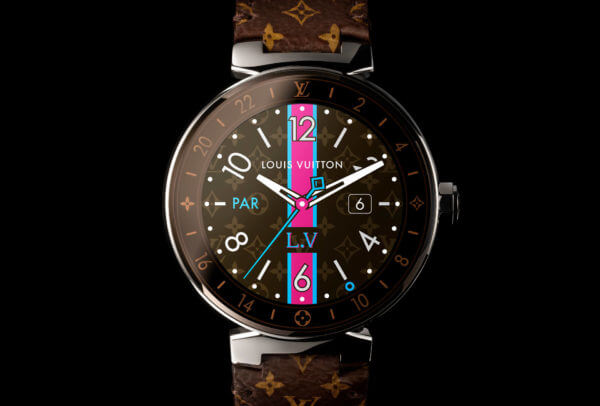And now for something completely different… this year Patek Philippe brought out a Calatrava Pilot three-hander in stainless steel, and we’re willing to bet that all 600 pieces in this limited edition flew off shelves in the US, the only market where it was available. While every new watch by the Geneva-based manufacture is destined for stardom, this time the family-run firm was sticking its neck out with a style that not only took it into a new category, namely aeronautics, but also made use of a metal not normally associated with Patek Philippe, i.e. steel. What if customers balked at the idea of a non-precious Patek Philippe? How would the brand communicate outside its familiar territory? It was a risk it was willing to take.
It’s been a challenging environment for the watch industry since end 2015, and prudence would dictate that brands build on their blue-chip models rather than veer off in new directions. However, taking the market by surprise is as good a way as any to attract attention; it is a victory over consensus, a “yes, but…”. Brands can explore this space at will, shaping ideas to their image and daring to do different.
Shaking it up
Daring is certainly one way to describe the Diamond Outrage secret watch from Audemars Piguet. This head-turning, futuristic design followed Diamond Punk in 2015 and Diamond Fury in 2016 to complete a trilogy that shakes up the high jewellery watch category. Imagine 48 bristling, diamond-encrusted spikes in a high-class version of the studded wristband. Poetic but not cloyingly so, Diamond Outrage is rooted in a taste for provocation, a desire to rewrite the rules and break taboos. None of which is incompatible with craftsmanship and precision.

An identical effect can be achieved from the opposite end of the spectrum, with a design that advocates ultimate simplicity. When H. Moser & Cie introduced its Endeavour Centre Seconds Concept Funky Blue in 2015, it also gave us welcome respite from the too-much-information age. No indexes, no markings and certainly no logo; nothing but a fumé dial to brilliantly illustrate the minimalist philosophy that “less is more”. This was a gamble that paid off, giving rise to a successful variation with small seconds, another with date, yet another with a dual time display, and this year a complication in the form of the Endeavour Tourbillon Concept.
If you want to play the tough guy, allow us to show you the Daytona, the Milgauss or the Sea-Dweller.
Rolex, which was brought up on a diet of performance, also took a more classic approach when it revisited its Cellini range. The collection, which made its debut in 1968, was a hotchpotch of elegant round or rectangular cases that lacked direction. Since 2014, the brand has cleared out some of the old styles and, more importantly, convinced the Cellini it can be anything but a sports watch. Meaning: “If you want to play the tough guy, allow us to show you the Daytona, the Milgauss or the Sea-Dweller. If you’re looking for something more elegant, this three-hander is for you, and particularly the moonphase model that came out this year.” The biggest challenge facing Rolex was how to win over new customers and at the same time remain coherent with its image.
New but not unknown
This is probably the biggest test a brand can face: how to stay true to everything its name stands for while making a 180° turn. Louis Vuitton did precisely that this year when it released its first connected watch. The question being, how could innovation and technology be made to tie in with its history? Close your eyes, someone whispers “Louis Vuitton” in your ear and what do you think of? More than likely travel, distant horizons and adventure. This is the image the brand kept uppermost when designing its smartwatch as an extension of the Tambour range. Appropriately, the Louis Vuitton City Guide app is pre-installed, providing the wearer with all the best addresses wherever in the world they happen to be.

By completely rethinking the oscillator in a mechanical movement, Zenith has also succeeded in burnishing its credentials and, thanks to the Defy Lab, reasserted itself as the innovative brand it always was. The Defy Lab also marks a turning-point as it lays the foundations for a new departure. In this instance, the watch isn’t a means of standing out from the crowd but the basis for a new type of communication which, to be successful, requires technical agility and the capacity to artfully reinvent history. This is no easy task but the rewards make it worth the while.
Whatever its past, whatever its heritage, a brand has everything to win from breaking out of the mould we might want to keep it in for the sake of our own comfort zone, or throwing a mechanical curveball. Remember: nothing ventured, nothing gained!



















